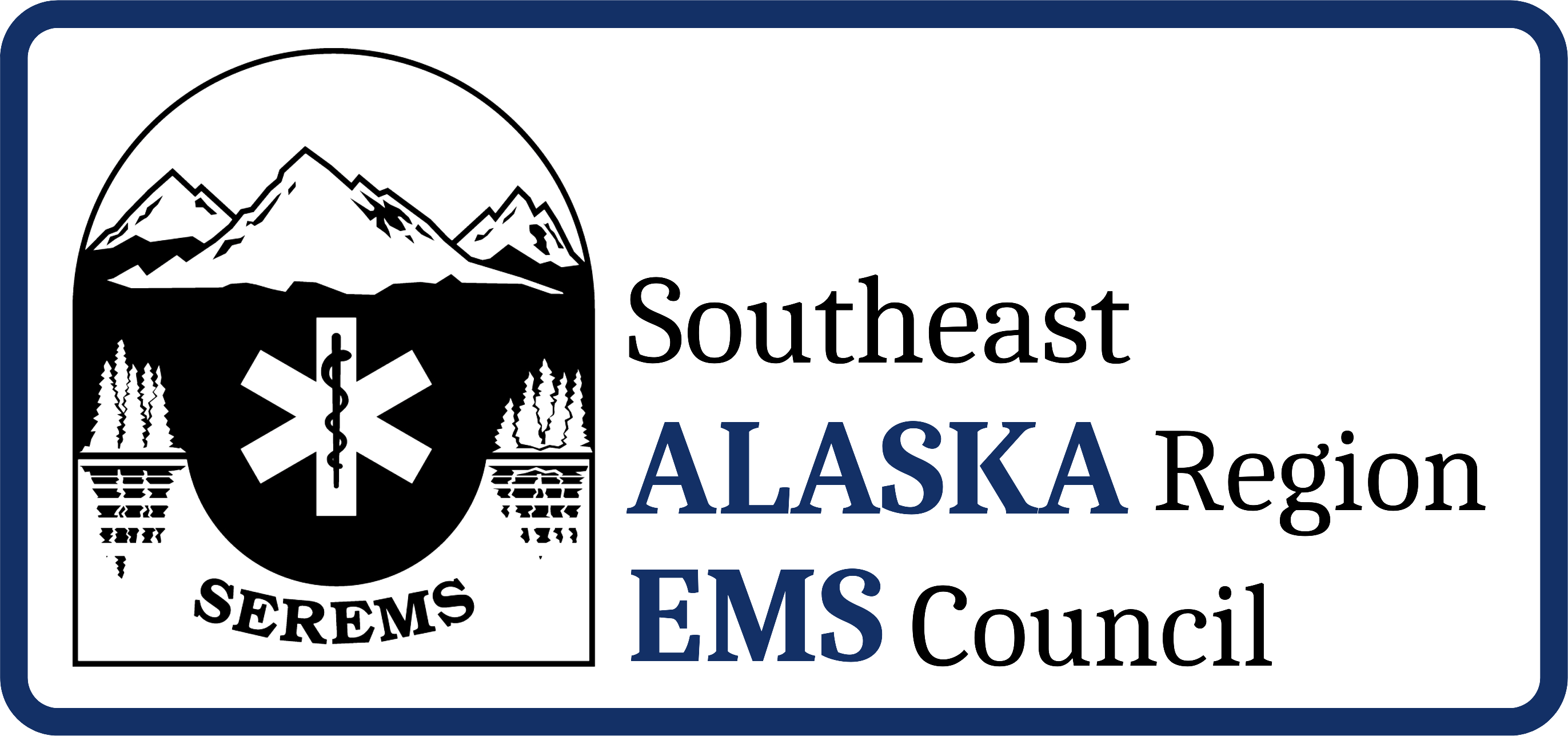Southeast Region EMS Council, LLC
SEREMS ETT Glossary
Special | A | B | C | D | E | F | G | H | I | J | K | L | M | N | O | P | Q | R | S | T | U | V | W | X | Y | Z | ALL
O |
|---|
On-Going AssessmentThe process for repeating the Primary
Assessment, vital signs, and checking the effectiveness of treatment. This is
performed every five minutes for a seriously ill or injured patient. It is
performed every fifteen minutes for someone with more minor problems. | |
Open FractureA broken bone in which the skin overlying the
area has been cut (either by the
bone or by other trauma). | |
Oral Airway (Oropharyngeal Airway)A rigid, curved tube that assists in maintaining
an airway by holding the tongue forward. | |
P |
|---|
PalpateTo feel an area as part of the physical exam.
Also used when assessing the blood pressure by feeling the radial artery. | |
Parental ConsentA parent’s authorization for their child’s medical care. | |
Patient RefusalPatient Refusal The patient declines to accept the treatment
or transport that the ETT recommends. Patient refusals require thoughtful communication
with the patient, ensuring that the patient is competent and knowledgeable of
the risks involved, and that they know how to seek care later. | |
Pharynx | |
ProneLying with the front of the body resting on the supporting surface. | |
Proximal | |
